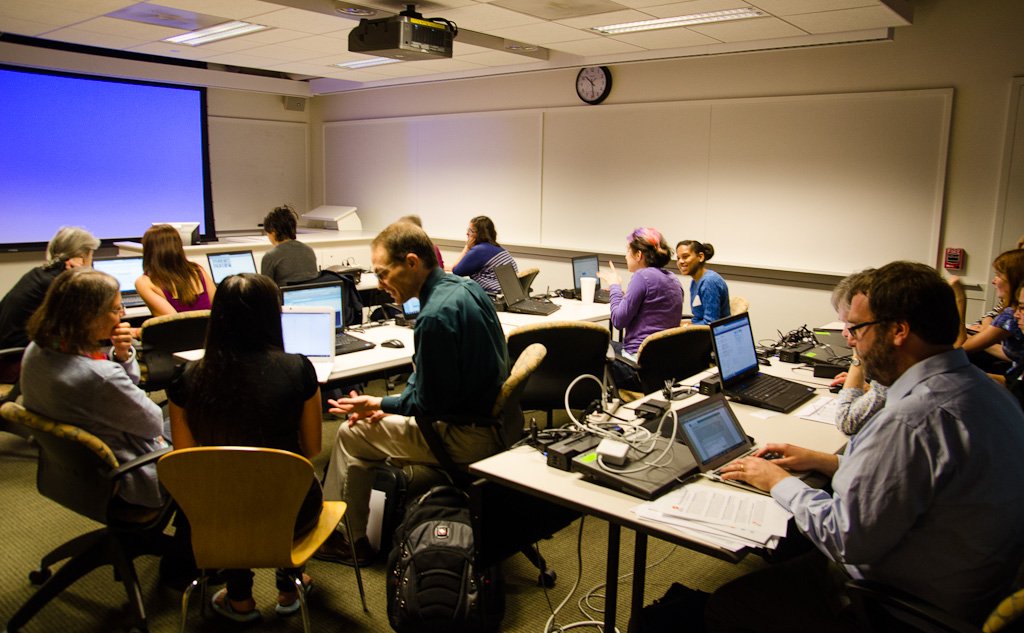Blended learning is being defined as a “formal education program in which a student learns at least in part through online delivery of content and instruction with some element of student control over time, place, path, and/or pace,” according to Wikipedia. Blended learning and other types of learning innovation can be an answer to the –still- rising costs of the educational system.
Knewton created an infographic based on data from Innosight Institute, Charter School Growth Fund, Blackboard.com and the Department of Education (U.S).
Blended learning can be grouped into six distinct models that vary by teacher roles, physical space, delivery methods and scheduling. As new versions of blended learning are developed, the relationships between these models will evolve. The six models as shown in the infographic are:
- Face-to-Face driver
- Rotation
- Flex
- Online lab
- Self-blend
- Online driver
Another approach of Blended learning models is -developed by Innosight Institute- the following:
An other interesting model is the educational delivery model by Delta Initiative:
The Course Design and Modality define the execution and delivery.
Substitution or enhancement?
The question remains, are the virtual pieces a substitution for face-to-face or do they actually enhance the total curriculum?
Read here three opinions by Peter Hirst, executive director of executive education at MIT Sloan School of Management, Eric Brynjolfsson, director of Sloan’s Centre for Digital Business and Dr. Harry Hellenbrand, CSUN provost and vice president for academic affairs.
Blended learning that optimized cost-effectiveness is showing lots of interesting developments, which one can you add?
Gianluigi Cuccureddu is co-founder of Damarque, helping you to improve your commercial performance through better engagement with your employees, customers and strategic business partners.
We offer high-impact training, coaching and consulting services for professionals, teams and organizations to help improve people ánd organizational performance and innovation capability in an efficient and sustainable way.










